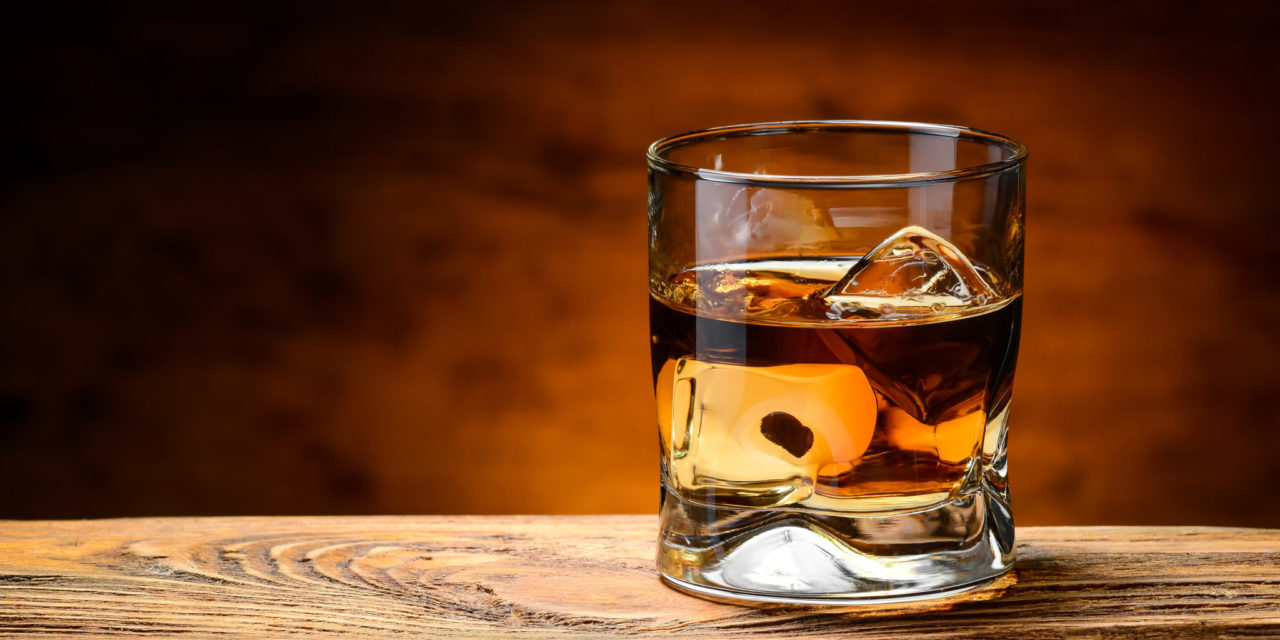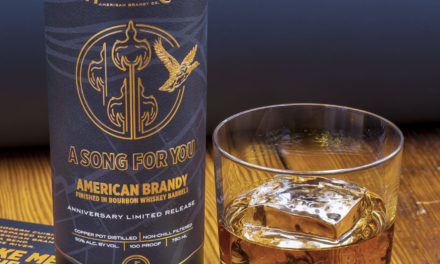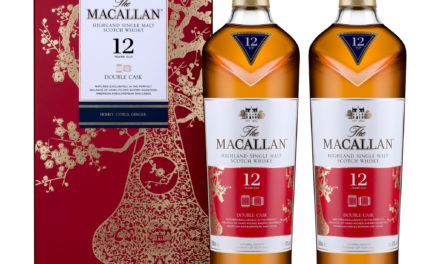Whiskey is better on the rocks—and now we know why.
In a study recently published in Scientific Reports, researchers used computer simulations to break down the molecular reasons. Turns out, a molecule called guaiacol is largely responsible for whiskey’s distinctive taste.
Guaiacol has two distinct sections, one of which “likes” water and one of which doesn’t. In a glass that’s 40 to 45 percent alcohol (the rest being ice, water, or a combination) guaiacol floats at the top of the glass, releasing flavor and aroma. At more than 59 percent alcohol, guaiacol molecules are driven away from the surface, where they have less effect on the drink experience.











